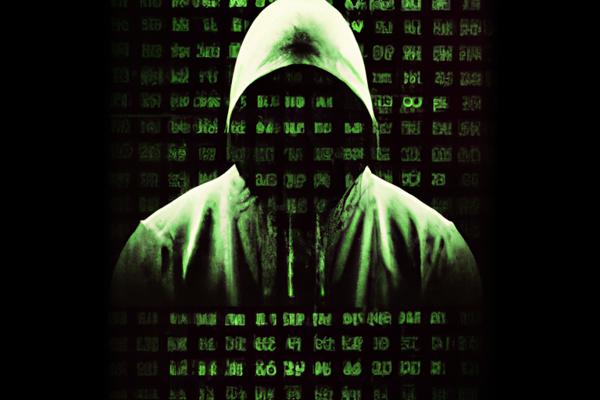Introduction
Midnight Blizzard [1] [2] [3] [4] [5] [6] [8] [10], also known as Cozy Bear or APT29 [6], has initiated a sophisticated phishing campaign targeting European diplomats [1] [7]. This operation [2] [10], which began in January 2025 [4] [10], focuses on Ministries of Foreign Affairs and embassies across Europe [1] [2] [6], employing advanced techniques to compromise sensitive systems.
Description
Midnight Blizzard [1] [2] [3] [4] [5] [6] [8] [10], a notorious Russian nation-state actor also known as Cozy Bear or APT29 [6], has launched a sophisticated phishing campaign targeting European diplomats [1] [7] [9], particularly focusing on Ministries of Foreign Affairs and embassies across Europe [1] [6]. This campaign, which began in January 2025 [4] [10], employs socially engineered phishing emails that invite recipients to wine-tasting events, featuring subject lines such as “Wine Event” and “Diplomatic Dinner.” The emails contain links to download a malicious archive named wine.zip [10], disguised as a legitimate file.
The ZIP archive includes a legitimate PowerPoint executable (wine.exe) alongside a malicious DLL (ppcore.dll) [1]. The campaign utilizes DLL sideloading, exploiting the legitimate executable to deploy Grapeloader, a newly identified initial-stage loader designed for environment fingerprinting [10], persistence [1] [2] [3] [5] [8] [10], and shellcode delivery [5] [10]. Grapeloader incorporates advanced stealth techniques [7], enhancing anti-analysis capabilities while collecting basic information from the infected host and exfiltrating it to an external server to retrieve subsequent payloads [1]. It gains persistence by creating a registry key to ensure the executable launches upon system reboot and is packaged within the DLL. The malware employs sophisticated stealth methods, including memory protection techniques and delays to bypass antivirus systems [5], and polls a command and control (C2) server every 60 seconds using encrypted HTTPS POST requests [10], gathering various system information while avoiding detection.
Following the initial infection, Grapeloader facilitates the installation of an updated variant of Wineloader, identified as vmtools.dll [10]. This modular backdoor exhibits enhanced code mutation and anti-analysis hardening methods [10], indicating its evolution from the older RootSaw tool. The new Wineloader variant [4], which shares similarities with Grapeloader, suggests it was likely implemented in a later phase of the attack [4]. Wineloader continues to utilize RC4 encryption for payload unpacking and C2 communication [10], gathering sensitive system details such as IP addresses, process names [6], Windows usernames [6], machine names [1] [6] [10], process IDs [6], and privilege levels [6], thereby supporting espionage operations. An anomaly in the User-Agent string [10], which mimics Microsoft Edge on Windows 7 [10], serves as a strong indicator of compromise [10].
This backdoor has been previously observed in other Midnight Blizzard campaigns targeting diplomats and is part of APT29’s broader strategy of sophisticated and stealthy operations, often concentrating on intelligence gathering against government agencies [8], think tanks [4] [8], NGOs [8], and cybersecurity firms [8]. APT29 has gained notoriety for its involvement in significant cyber incidents [8], including the 2020 SolarWinds attack [8]. The campaign utilizes emails from domains such as bakenhof.com and silry.com, employing sophisticated evasion tactics [2], including follow-up emails and redirection to legitimate Ministry websites to enhance its effectiveness. APT29’s reappearance highlights their technical prowess and geopolitical targeting strategy [10], showcasing their adoption of multi-stage loaders and refined evasion techniques [10].
Conclusion
The Midnight Blizzard campaign underscores the persistent threat posed by APT29 to European diplomatic entities. The use of advanced phishing techniques and sophisticated malware highlights the need for enhanced cybersecurity measures. Organizations must remain vigilant, employing robust security protocols and continuous monitoring to mitigate such threats. The evolving tactics of APT29 suggest a continued focus on intelligence gathering, necessitating ongoing vigilance and adaptation in cybersecurity strategies.
References
[1] https://www.ihash.eu/2025/04/apt29-deploys-grapeloader-malware-targeting-european-diplomats-through-wine-tasting-lures/
[2] https://thenimblenerd.com/article/wine-not-diplomatic-espionage-with-a-twist-of-midnight-blizzards-phishing-scheme-%F0%9F%8D%B7%F0%9F%9A%A8/
[3] https://www.winemixture.com/archives/29352
[4] https://digitalterminal.in/trending/check-point-exposes-sophisticated-phishing-attack-by-apt29-on-european-ministries
[5] https://greatis.com/unhackme/help/news/russian-apt29-unleashes-stealthy-grapeloader-in-phishing-attacks-on-european-embassies.htm
[6] https://www.infosecurity-magazine.com/news/midnight-european-diplomats-wine/
[7] https://www.hendryadrian.com/apt29-targets-european-diplomats-with-wine-themed-phishing/
[8] https://www.techradar.com/pro/security/european-diplomats-targeted-by-russian-phishing-campaign-promising-fancy-wine-tasting
[9] https://www.wizcase.com/news/russian-cyberattack-eu-diplomats-grapeloader/
[10] https://securityonline.info/apt29-targets-european-diplomats-with-wine-themed-phishing/





